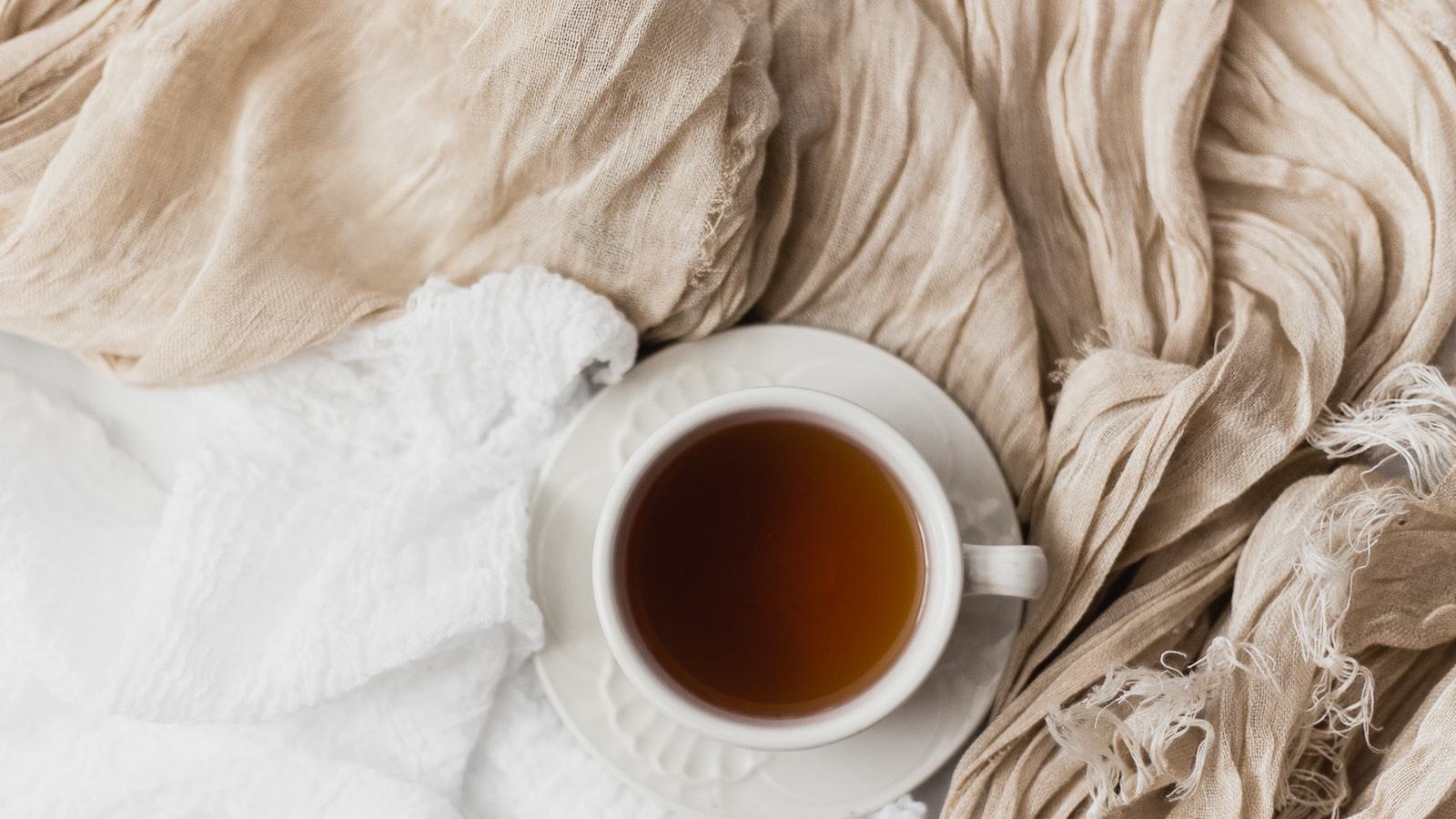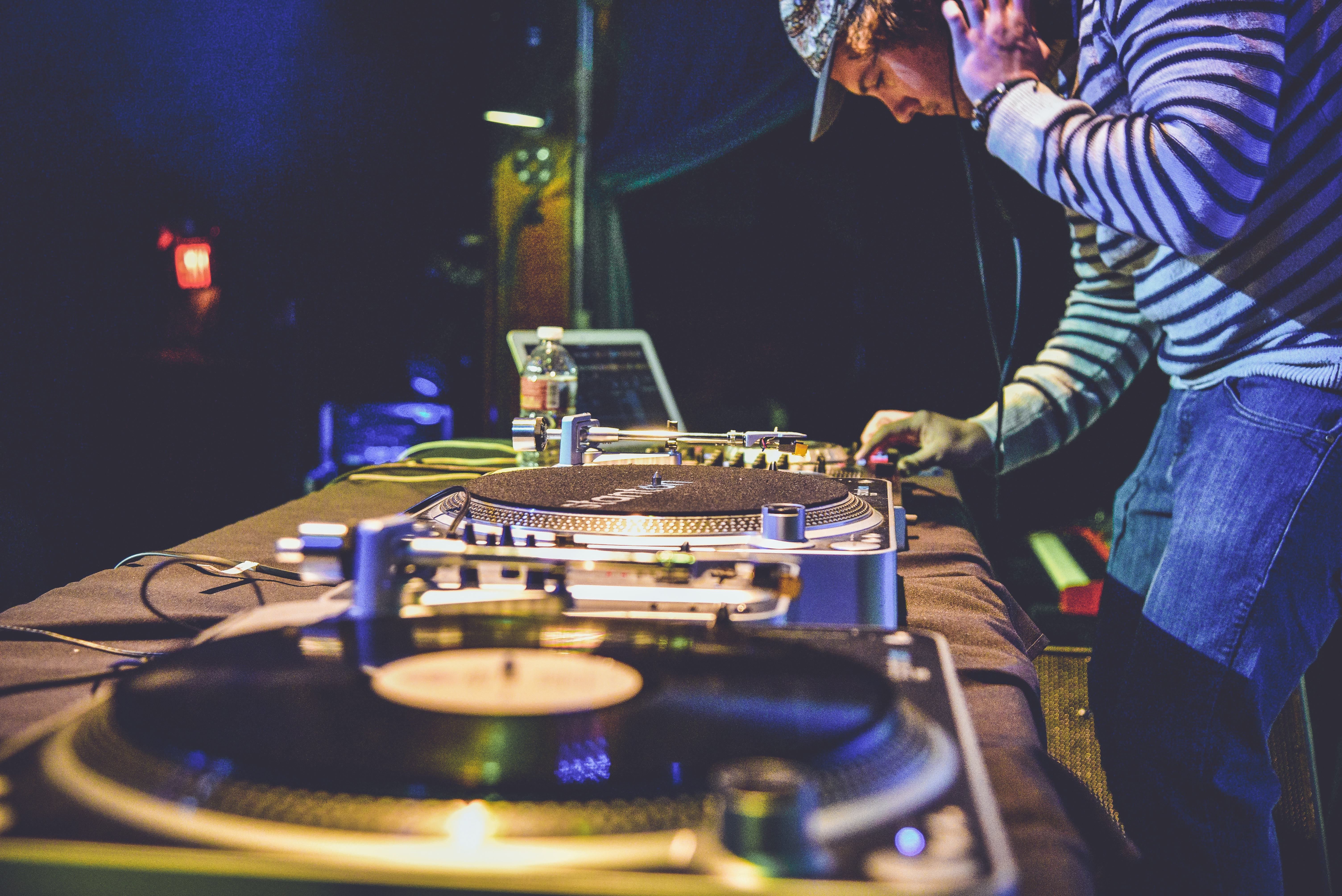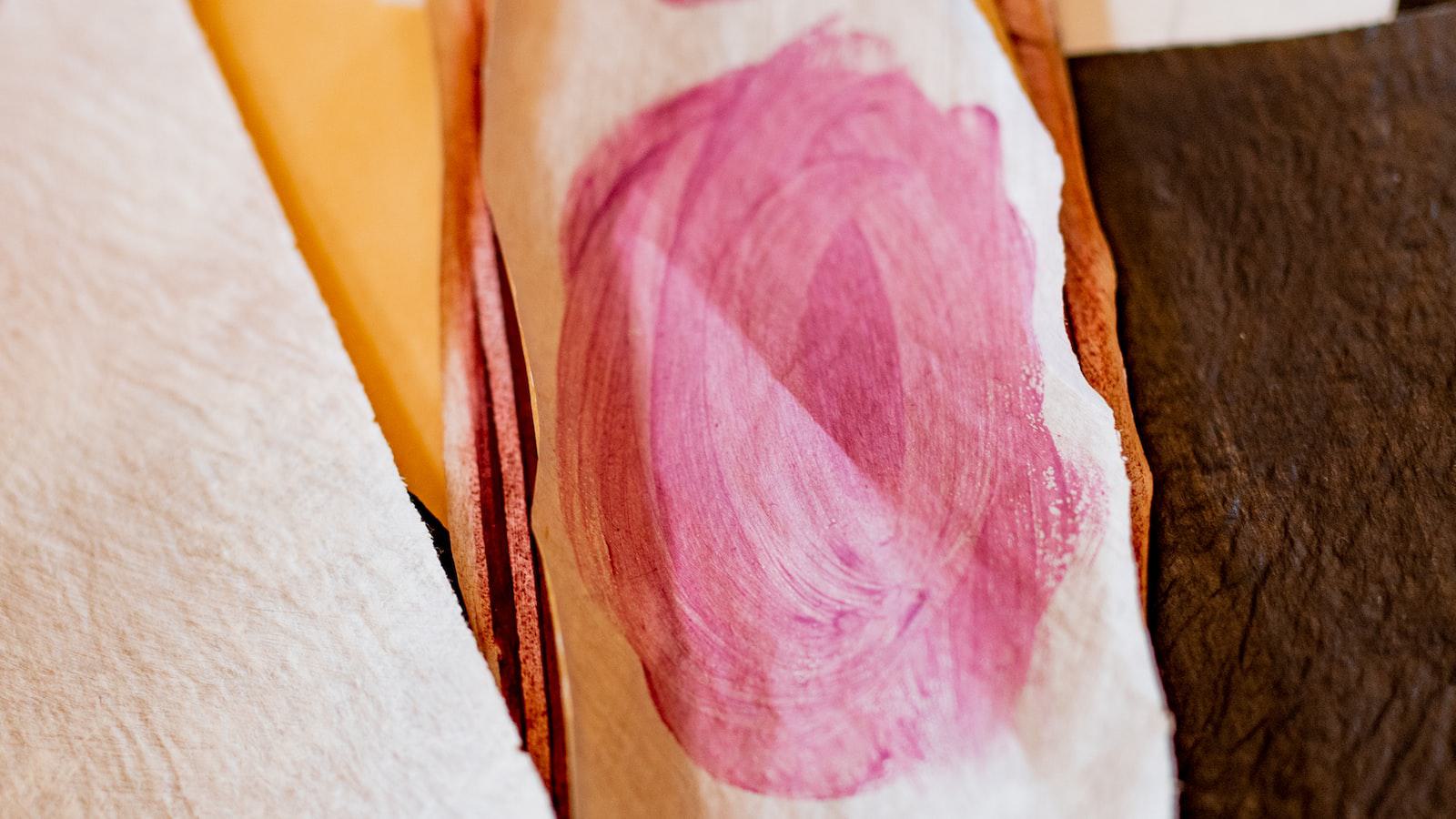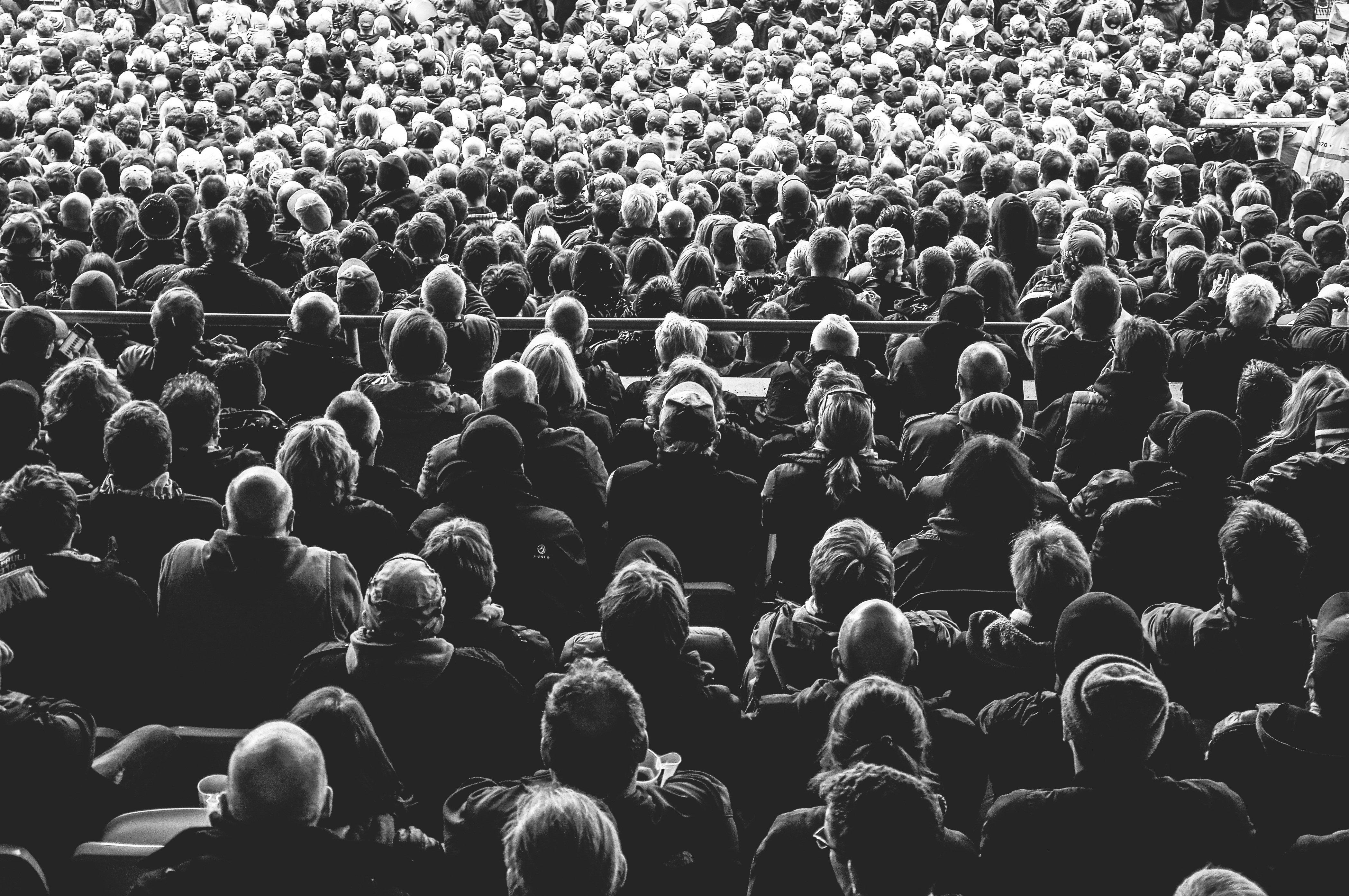As DJs and music producers become increasingly creative in the way they represent their work, images of their work also evolve. Whether it’s a carefully chosen album cover, a powerful music video, or a provocative art piece, a DJ’s artistic style is an important part of their brand. But how do DJs choose images to reflect the evolution of their sound? In this article, we’ll explore the techniques DJs use to represent the evolution of their artistic style.
1. Developing a Signature Visual Aesthetic
Getting to Know Your Brand
When creating your signature visual aesthetic, the first step is to get to know your brand. Knowing the essence of your brand will help set the direction for your visual style. Take some time to define your brand values, make a note of the different messages you want to communicate, consider your target audience, and brainstorm ideas for a cohesive look.
Fostering a Unique Look
Your signature visual aesthetic should be unique and carefully crafted so that it stands out. Use color and typography to establish a recognizable identity, and consider mixing photography with illustrations. Think of ways to incorporate symbolism so that your visual elements always reinforce your message. Utilize the following elements to develop a distinct visual style:
- Prime Color Palette
- Font typography
- Logo
- Graphics
- Iconography
With careful planning, you can foster a look that will be remembered and evoke a positive response from potential customers.

2. Learning from Other DJ Visual Styles
As a DJ, understanding the visual style of others in the industry can be a great way to inform and enhance your own. It’s not about outright imitating someone else’s style but learning from the techniques and applying them to create an individual aesthetic.
The following are some key areas to consider when taking inspiration from other DJ visual styles:
- Lighting: Observe how experienced DJs use lighting and what effects they are trying to create with it. Whether it be the intensity and color or changing patterns.
- Stage Design: Look at how each stage design complements the look and feel of the DJ’s music and how the overall set up enforces the concept.
- Costumes and Props: Understand what props and costumes are used to enhance the performance and consider how these could be used in your own show.
- Technology: Analyze what type of DJ gear or music software is used and think whether investing in similar pieces of equipment could be useful for your show.
The best way to learn about other DJ visual styles is to experience them firsthand and soak up the atmosphere of the event. This could also mean researching online and finding archived live shows, videos and other visuals. The goal is to take what you see and use it to inspire your own visual style.
3. Selecting Images that express Artistic Evolution
When choosing images that express artistic evolution, it is important to consider the context and go beyond the aesthetic. To create a powerful and meaningful story, images and artwork must be carefully selected. Here are a few tips for choosing the most expressive and powerful images:
- Diversity: Choose images that reflect the different stages, styles, and pieces of the evolution of the artist.
- Timeline: Investigate the timeline of the art and select images that accurately and honestly reflect the evolution.
- Passion: Synthesize images that accurately capture the artist’s motivation, grit, and overall journey.
In addition, consider the creative environment. Ask yourself, what were some of the dominant styles during the period of the artist. For example, the 1950s was a period of Abstract Expressionism, which eventually led to Pop Art. Choosing juxtapositions of work to illustrate how trends evolved to a newer style helps to tell a more dynamic story.

4. Engaging with an Audience through Visuals
- Effective visuals can help give your message the required impact in engaging with an audience. Try to use visuals such as images and videos that are relevant to the topic you are discussing. Don’t be too generic- pick visuals that are specific to the message you are trying to convey.
- Use of colour is another important factor when it comes to visuals. A well-designed colour scheme can go a long way in grabbing the attention of your audience. The tone and message of the visuals should be in sync with the overall colour scheme to ensure maximum impact.
It is relevant to mention that visuals do not have to be complicated or costly to be effective. Even the simplest graphic can be effective if used in the right way. Try to explore various options to get the right visuals that suit your target audience and message. Use visuals in an appropriate way to engage with your audiences and leave a lasting impression. The art of the DJ is a kaleidoscope of colors and images that continually evolve with time and experience. Every image is chosen to illustrate the artist’s growth and their style. As DJs move through time, the images evolve, making for a unique and captivating experience for fans and followers alike. Music lives forever in our memories, and the images that accompany it will inevitably be forever linked to the artist.

